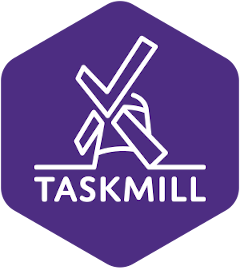Value stream mapping helps you visualise the steps required to produce value and see the bottlenecks in the process. It gives you the tools to make your process streamlined to save in costs and deliver faster.
Term value stream comes from Lean, and it means the steps required to deliver a product or a service for the customer. For instance when applying for a mortgage, a value stream is everything and everyone required between “a need for a new home” and “paying back the mortgage”.
There are two types of value stream workshops. Operative value stream show the flow of value from the customer perspective, and the development value stream tells us how the value is produced.
Why should you visualise the value stream?
When visualising the operative value stream, you visualise delivering value to the customer. This helps you find the solutions and teams needed for this value stream. By organising smartly around this value stream, you can more easily manage the dependencies between systems and teams and therefore produce customer value more efficiently. Efficiency might mean costs saving, or faster flow of value.

Visualising the stream will help you understand which steps are adding value, and which are not. It also helps you see the bottle necks in the process, so you can start fixing the stream. Always optimise the whole value stream, not just blindly one part of it.
By visualising the Development value stream you can calculate a great agile metric – flow efficiency (also called process efficiency). It tells us how much time is spent in productive work and how much goes to wait times. Flow efficiency = process time / lead time. Wait times are due to e.g. acceptance steps, too big work packages or people being too busy.

Operative Value Stream Mapping
Here’s how we do it:
- Identification of the value stream and naming it with the help of guiding questions. Which product or service this values stream is producing and to whom?
- Identifying the trigger and the end result of the process.
- Visualising the steps required from trigger to end.
- Visualising the people required from trigger to end.
- Visualising the solutions required from trigger to end.
- How to organise around the value stream?
Development Value Stream Mapping
Here’s how we do it:
- Identifying the trigger and the end result of the process.
- Visualising the steps between the trigger and the end.
- Identify the responsible people for each step.
- Estimate (or get from the tools) time spent doing the actual step (process time) and the lead time.
- Estimate (or get from the tools) the quality of each step.
- Calculate flow efficiency and the quality metric for the process.
